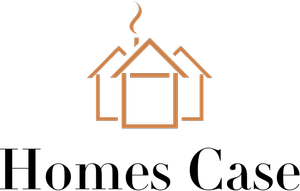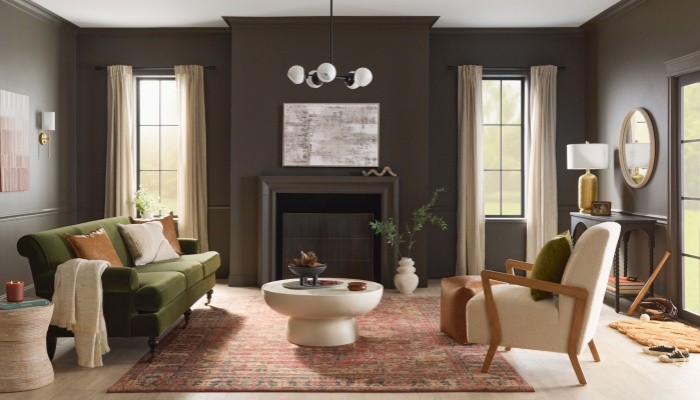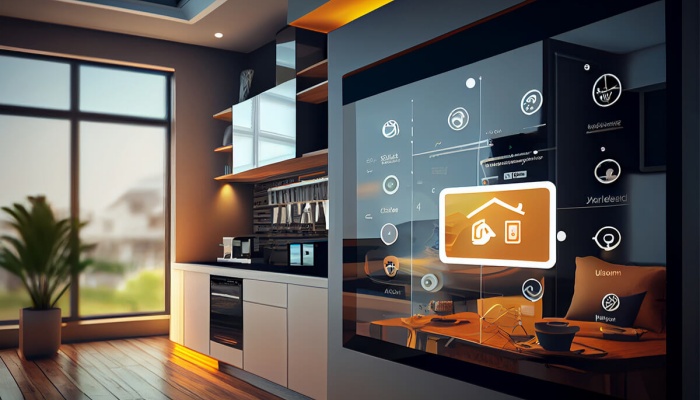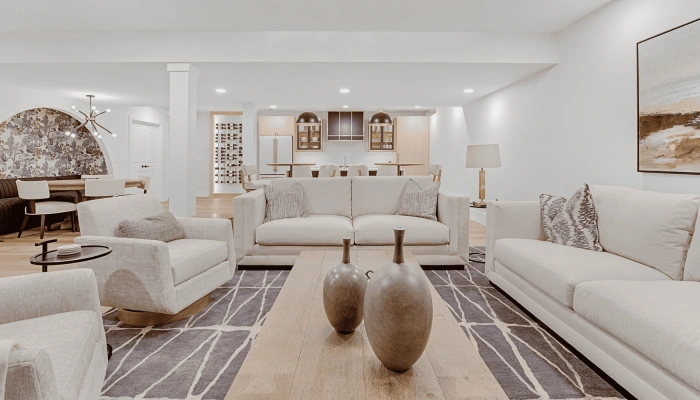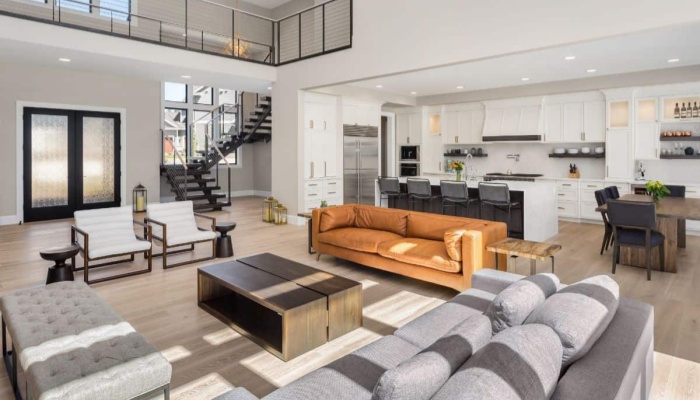Accent walls are becoming a popular way to introduce bold colors without overwhelming a room. Homeowners are opting for striking hues on a single wall to create a focal point, often complemented by lighter shades in the rest of the space. This technique allows for creativity while maintaining balance in the overall design. Additionally, textured finishes, such as wallpaper or decorative paint techniques, can enhance the impact of an accent wall, adding visual interest and sophistication.
Pastel colors are also making a comeback, particularly in kitchens and bathrooms. Soft shades like blush pink, mint green, and pale lavender evoke a sense of calm and tranquility, making them ideal for spaces meant for relaxation and rejuvenation. These colors work well with natural materials and can be paired with white or light wood accents to create a fresh, airy feel. This trend reflects a desire for serene environments that promote well-being, especially in the context of home spaces designed for rest and recovery.
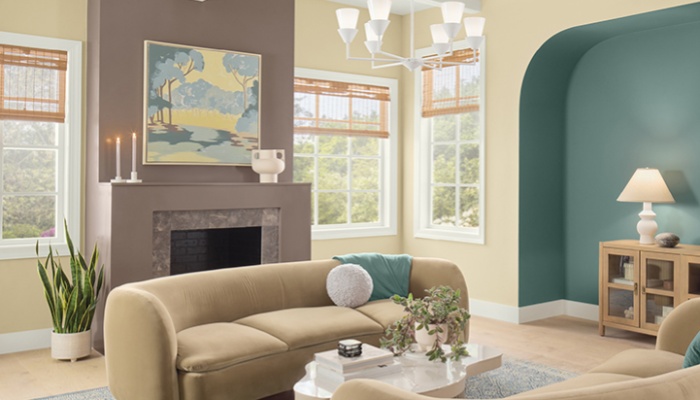
Another emerging trend is the use of monochromatic color schemes. Homeowners are increasingly opting for varying shades of a single color to create a cohesive and harmonious look. This approach allows for subtle variations in tone and texture, adding depth without introducing competing colors. Monochromatic schemes can be enhanced with different materials, such as matte and glossy finishes, to create visual interest while maintaining a unified aesthetic.
Furthermore, earthy tones are gaining traction as homeowners seek to connect with nature. Shades of terracotta, olive green, and warm beige evoke a sense of grounding and stability, making them ideal for creating cozy and inviting spaces. These colors can be incorporated through paint, furnishings, and decor, allowing homeowners to bring the outdoors inside. This trend aligns with the growing emphasis on wellness and mindfulness in home design, as natural colors can create a calming and restorative environment.
In addition to these color trends, the use of color blocking is becoming increasingly popular. This technique involves combining contrasting colors in bold and unexpected ways, creating a dynamic and modern aesthetic.
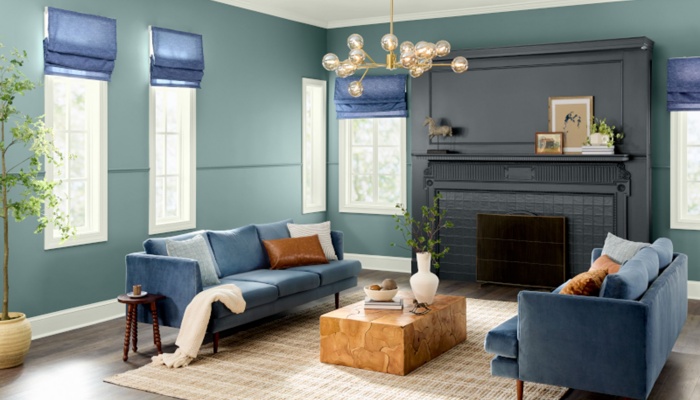
Color blocking can be applied to furniture, decor, or even architectural elements, allowing homeowners to express their creativity and individuality. This trend encourages experimentation and personalization, making it a favorite among design enthusiasts.
Lastly, the impact of color on mood and psychology cannot be overlooked. Homeowners are becoming more aware of how different colors can influence emotions and behaviors. For instance, blues and greens are known for their calming effects, while yellows and oranges can evoke feelings of happiness and energy. By carefully selecting colors based on their psychological impact, homeowners can create spaces that enhance their overall well-being and reflect their desired ambiance.
Color trends in home renovation are shifting toward bold hues, pastels, monochromatic schemes, earthy tones, and color blocking. By embracing these trends, homeowners can create spaces that not only reflect their personal style but also enhance their quality of life.
